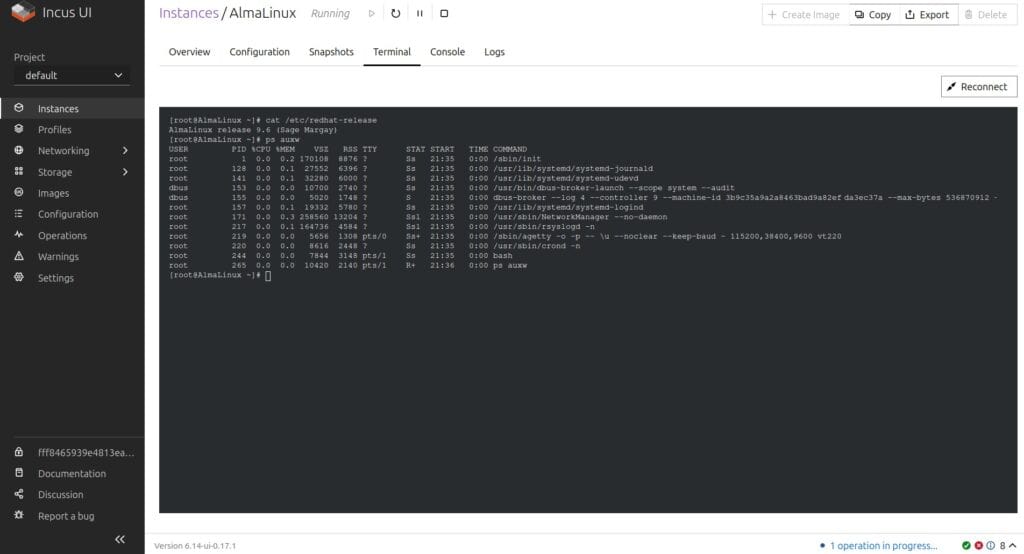The Incus team has just announced the release of version 6.14 of its container & virtual machine manager, describing it as a “lighter” monthly release that nonetheless delivers a pair of important security fixes alongside several quality-of-life improvements.
Two security vulnerabilities, CVE-2025-52890 and CVE-2025-52889, have been resolved. Both issues stemmed from network ACLs on bridge networks using nftables, where isolation bypasses could allow a compromised instance to either launch denial-of-service attacks or intercept traffic from other instances on the same network.
Affected versions (Incus 6.12 and 6.13) are now unsupported, so users are strongly encouraged to upgrade. Notably, the latest LTS release remains unaffected.

A new standout addition is automated S3 bucket uploads and volume backups. Available only via API, this feature lets backup systems push snapshots directly to cloud storage—handy for off-site redundancy. After generating a local backup, Incus uploads it to the specified bucket and cleans up the temporary file.
Moreover, snapshots now support an --expiry flag at creation, letting users override default retention periods on the fly. Additionally, admins can now set different defaults for manual vs. automated snapshots using snapshots.expiry.manual. If unset, the system falls back to the general snapshots.expiry setting.
Lastly, Incus 6.14 brings some noteworthy under-the-hood improvements:
- Live Migration Tweaks: VM migrations now throttle the CPU more aggressively when memory changes are frequent, reducing transfer time. Progress reporting has also been added for better visibility.
- CPU Address Size Reporting: The resources API now exposes physical and virtual address sizes, helping optimize VM memory allocation and hotplugging.
- Database Code Refactoring: Network forwards and peers have been migrated to Incus’s code-generated database logic, improving maintainability.
For more information about the Incus 6.14 container and virtual machine manager changes, visit the release announcement or check out the full changelog.
Users are encouraged to try out these new features by visiting the Incus online platform, which provides a hands-on experience with the latest version.
